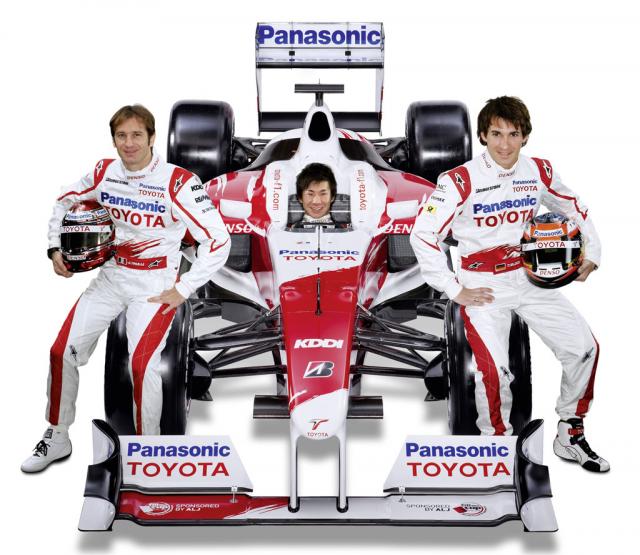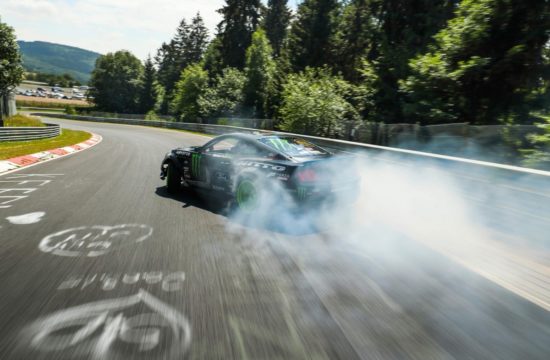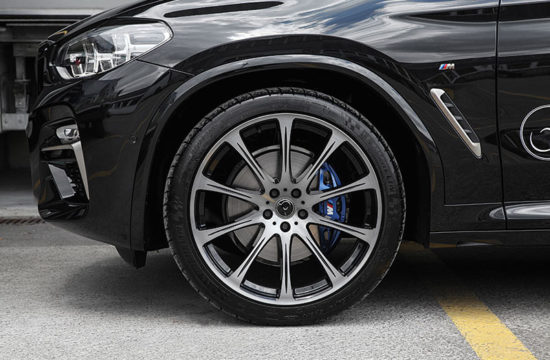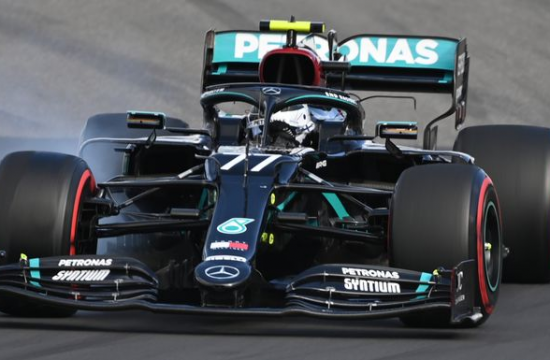Today Toyota revealed their new Formula1 car for 2009 season. Codenamed TF109, the car is by a 2.4 liter V8 with 740hp which by new FIA rules is limited to 18,000 rpm. The monocoque body and extensive use of carbon fiber in every imaginable part keeps the weight as low as 60g kg. Toyota hopes that TF109 gives the company their first Grand Prix win. “The goal for me is clear, we want to win our first race.” said team boss John Howett. Italian Jarno Trulli and German Timo Glock are 2009 drivers with Japanese GP2 driver Kamui Kobayashias test driver. After the jump you’ll find official videos and a detailed technical analysis for Toyota’s 2009 Formula1 car.
Toyota TF109 Technical Analysis:
Toyota adopted a modern and unique method to launch their new car today: the Internet-only unveiling allowed the whole world to see the car at the same time, but as yet no one has seen it for real or up close.
As we have only seen the team’s images of the TF109, we have also only seen it from the angles they want us to see. From the limited view of the TF109 we can already draw some comments on the details.
Toyota have taken a shapely approach to their new car: although clearly in its first iteration of bodywork to meet the new rules, the car sports some interesting touches to maximise downforce and reduce drag. The car’s chassis design was headed again by Pascal Vasselon, while this is the end of the first full new machine for head of aerodynamics Mark Gillan.
Both engineers have aimed for stability as the key characteristic of the TF109, both mechanically and aerodynamically.
Unlike the interim cars tested before Christmas, Toyota have gone for a slim nose but, unlike Ferrari, they have kept the nose shorter and raised the tip up as far as possible. This shape does provide more space under the nose cone for turning vanes, which is an area outside of the exclusion zones for bodywork. Thus Toyota have fitted a pair of vanes to the rear of the nose cone that lead back under the chassis.
The front wing is split abruptly between the FIA-mandated middle section and the downforce-producing outer spans, which feature single element moving flaps.
Most noticeable are the shapely endplates without curved leading edges to tease airflow around the front wheels; these are most noticeable when viewed from above.
Curiously, the front wheel fairings have their openings pointing forwards rather than backwards as with their 2008 car, while the rear wheels are fitted with Toyota’s novel vaned fairings.
Leading back. the team have fitted another pair of small bargeboards in front of the sidepod and a simple tall pod wing to its shoulder.
As one of the last teams to adopt undercut sidepods, the new sidepod fronts are exceptionally undercut. They then sweep into a tight coke bottle shape before exiting in a bulbous shape over the gearbox. The only cooling outlets allowed in the engine cover also need to route the exhaust pipes; Toyota have chosen to sink the pipes beneath the engine cover rather than expose them as per the Ferrari.
Also on the engine cover is a small tail spine that smoothes the flow to the new, narrower, rear wing to make more use of the lower beam wing. Toyota have lowered the rear crash structure to reach underneath it, leaving the full span of the beam wing exposed to the airflow.
Although the team have yet to release pictures of the rear of the car, it appears they have made some use of the allowable space behind the main diffuser to create a narrow extension to the middle of the diffuser.
No mechanical details of the car have been released, although it was announced the car is having a battery storage KERS system developed for it, although this will not be ready for the season’s start.
One significant development has been the departure of Luca Marmorini, the technical director for engine development. Marmorini has been with the team since their F1 Debut and has been responsible for the team having some of the best and most reliable engines on the grid.
But Marmorini has also been vocal about the lack of engine development opportunities, as the formula heads into its third year with a development freeze. No reason for his departure has been given.
This year the engines are reduced in revs (18,000rpm from 19,000) and each driver will need to use no more than eight engines throughout the season.
The TF109 will take to the track publicly for the first time next week at the Portimao test.
Technical Analysis from : Autosport









